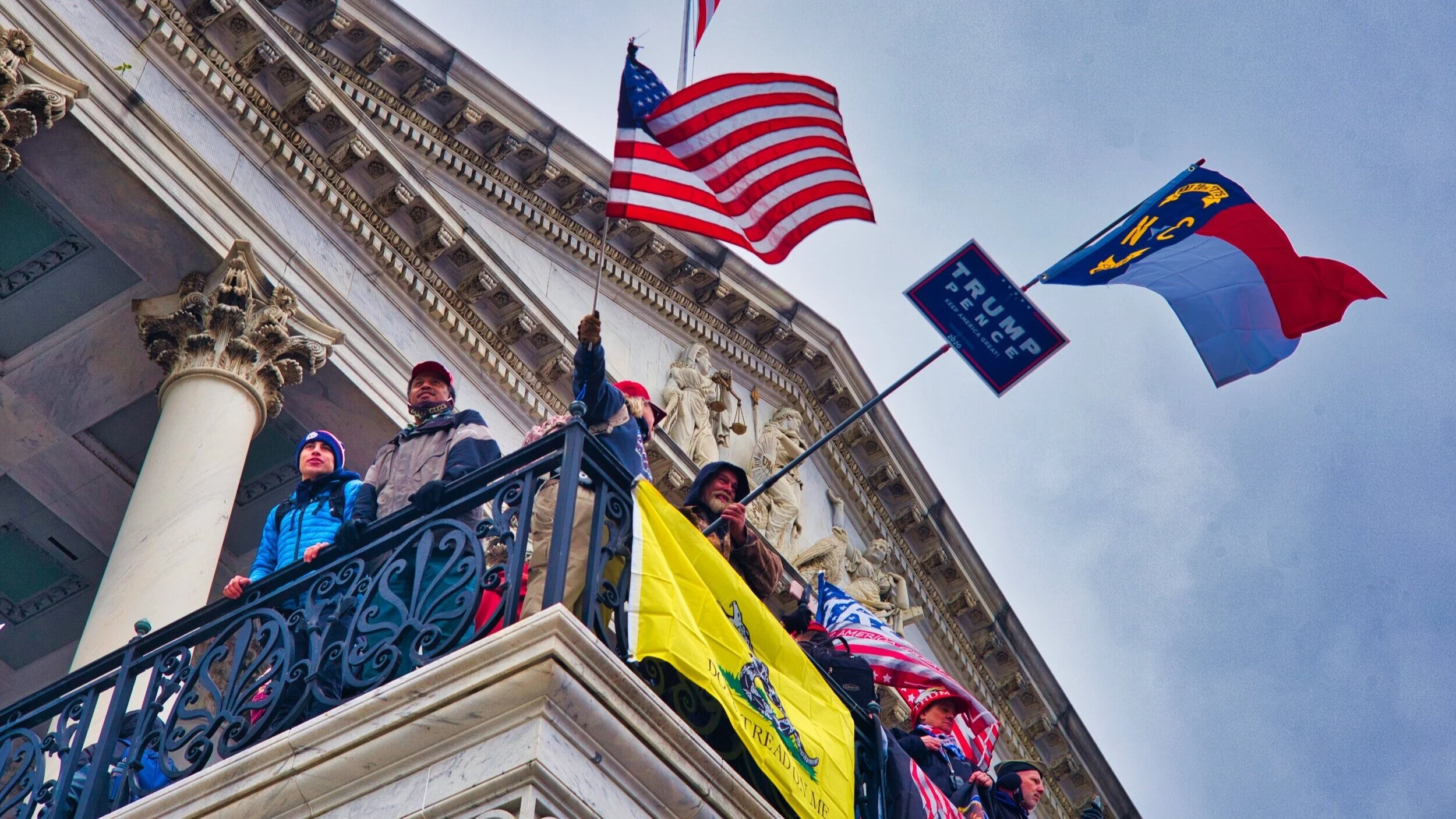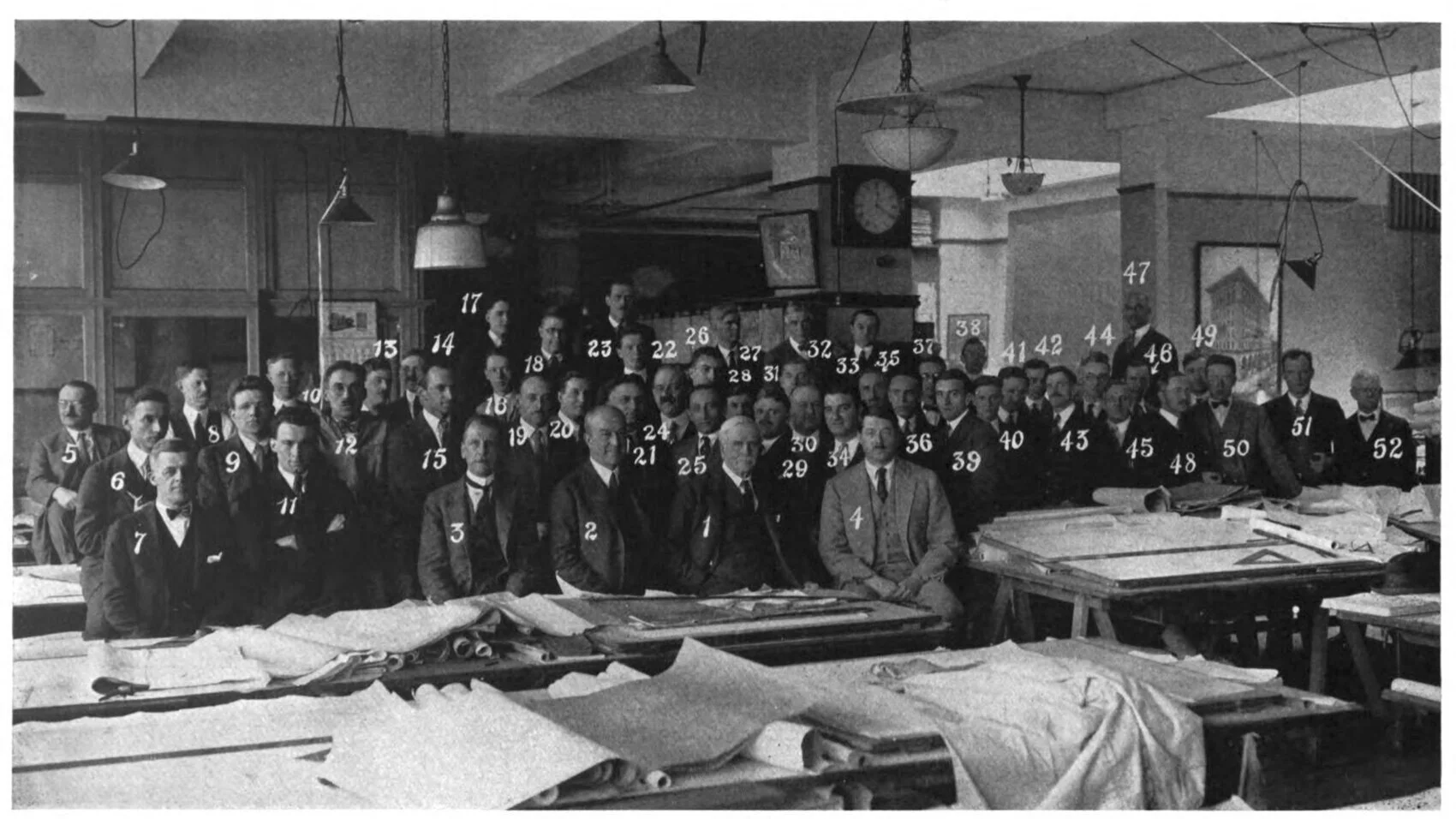Found Footage of Black New York: Ten Questions for Sola Olosunde
Last year, Sola Olosunde, a master’s degree student in urban planning at Hunter College, CUNY, unearthed video footage of white children taunting Black children in Rosedale, New York (in Queens), in 1975. After sharing the clip on Twitter (where he can be found @DrinkSolaPop), the New York Times spent months investigating, tracking down several of the victims. The Times published its report (which includes the video segment) in June 2020. In a separate, second article the paper gave Olosunde credit for bringing the clip to their attention. Two months later, the Times followed up with a profile, “He’s Sharing the Historical Past of Black New York, One Tweet at a Time.”
In the fall of 2019, Olosunde took my graduate seminar Gentrification: Roots to Remedies. Over the course of the semester he shared several videos with me; later, he sent more. This fall, I incorporated many into my syllabus. They highlighted a gap in the literature on gentrification, which, for decades, had scrutinized gentrifiers—their habits, motivations, and money—and large-scale structural forces, while neglecting the experiences of the displaced.
Eager to know more about Olosonde’s passion for found footage, research methods, and perspective on social media, I reached out with questions.
— Matthew Gordon Lasner
Figure 1. This still, taken from Children of Harlem (dir. unknown, 1967), shows young men discussing the conditions of their neighborhood.
Matthew Gordon Lasner (MGL): What is the first archival video you encountered that made you think, “I’ve got to find more of these!”?
Sola Olosunde (SO): I’ve always been interested in archival footage of New York. Some of the first old documentaries I found were NY77: The Coolest Year In Hell and 80 Blocks From Tiffany’s, about seven years ago, on YouTube. I’d loved Do The Right Thing in middle school. Taxi Driver and Claudine are some of my favorites as well.
MGL: What are your preferred archives? Do you have a sense of who is uploading to them?
SO: My favorite archives are the Internet Archive and the American Archive of Public Broadcasting. Those two websites have a large amount of content. I also find videos on YouTube all the time. I love YouTube because you never know what you may find.
There are a bunch of non-archivists who upload videos. Some are people who have old VHS/DVD footage and some are institutions. The Internet Archive has more institutions sharing footage, while YouTube is mostly ordinary people.
ML: How does video speak to people in ways that other materials don’t or can’t? What questions do videos answer—or pose—better than, say, books, articles, or photos?
SO: Videos are the best way to deliver history because they provide a vivid sense of the past in ways other media can’t. Photos can capture emotion and ambience, but a video is literally what the eye would see and the ears would hear if one was there. Videos also capture mannerisms and other small features. The Mid-Atlantic accent, which has largely died off, is one of the more interesting small things I’ve noticed from watching so many old videos.
Figure 2. This still, taken from Third Avenue: Only the Strong Survive (produced by Jon Alpert, 1980), shows child sex workers soliciting in Times Square. Courtesy of DCTV.
ML: Do you feel nostalgia for the eras captured in the videos you share?
SO: I don’t feel nostalgia for the most part. I do wish I could time travel, though. I know New York City in the late twentieth century may have been dangerous, and everything looks better in hindsight, but I’d do almost anything to time travel back to the ‘80s for a day. For an hour, honestly.
ML: You mainly share your videos on Twitter. Why that platform?
SO: I love the discussions, the array of topics that come about, and the diverse set of opinions, from all across the world. Once news hits the timeline, it can move pretty quickly, too, like a never-ending scroll. It’s interaction (like / reply / retweet) that keeps people on the site. It reminds me of a very simple, yet messy Reddit.
ML: How are people reacting to your videos?
SO: Lots of my followers give me positive feedback and encourage me to keep going. Some even inbox me content to post.
“Videos are the best way to deliver history because they provide a vivid sense of the past in ways other media can’t.”
I really enjoy when people share their first-hand experiences. I often receive paragraphs from people with their stories—or stories about their parents—especially when I post about New York. Sometimes people even recognize friends or family. One post I will never forget was of video of a very well-spoken Black Vietnam War soldier in 1970, which gained lots of attention to the point where his grandson saw it. That was one of my favorite accomplishments from doing all this.
Figure 3. This still, taken from Children of Harlem (dir. unknown, 1967), profiles a Harlem block party.
ML: Who is your intended audience? Is that who seems to be watching and commenting?
SO: At first, I was posting for friends and their friends . . . really my local social media community. Over time, it became Black urban America, then Black people globally. But that is who was watching and commenting before June.
After the [George Floyd and Breonna Taylor] protests, I got a lot of new followers, including many who aren’t Black. The Times interview broadened my audience further. Now the interaction is a bit diverse. I love hearing different stories and perspectives on my content, especially from those who experienced events first-hand.
ML: Many historians—from local history buffs to professors with PhDs—struggle to make their work relevant to the general public. Do you have any advice for them?
SO: Historians should focus on work that speaks to the everyday lives of their audience. I’ve always seen my audience as the people of New York City (along with Black America), so I provide content that speaks to the history of everyday life here. Highlighting major events and trends is important, but it’s also crucial to get specific. The more local the story, the more intrigued people will be. So many interesting events have happened in cities where news of it never really left the area. To connect, historians should also try to bring history directly to people, where they get other information and entertainment. These days, that means streaming and social media.
Figure 4. This still, taken from an NBC Channel 4 News story, shows protesters in Washington Heights during the riots of 1992. Courtesy of YouTube.
ML: What do “your” videos reveal that has changed for the better over the last two generations for Black people and the Black community in New York City? What’s changed for the worse?
SO: I hope people see how much our communities have shrunk. I hope people realize how much we have been marginalized, and understand how our problems have evolved. The city in the last century was plagued with crime; crack destroyed the Black community. But then those who weathered the storm started to be pushed out of their own neighborhoods by rising rents and draconian policing.
Fortunately, the neighborhoods that were then considered no-go zones for Black people—the white ethnic neighborhoods of the outer boroughs—don’t have as many instances of racial violence today. Some are now racially diverse, though most Black people still refuse to move in, or even visit those areas of the city.
New York City may be safer for Black people (and everyone else) today, but the city’s culture isn’t as vibrant . . . nor is it as affordable. Meanwhile, many viewers point out the fact that the events in some of my videos weren’t even that long ago, and that our community is still dealing with the effects of our past struggles, from redlining to welfare incompetence.
ML: What’s next for you as a historian?
SO: I’m not sure. This is a new path for me, one that I never thought would occur. I still want to be a professor. I’d also like to work in film, as a historical consultant or making my own documentary. Since the Times article, I’ve been helping out with other people’s projects and starting a few of my own. People will see them soon enough.
Answers have been edited for clarity and length.









